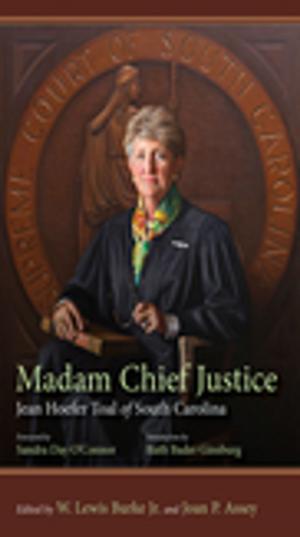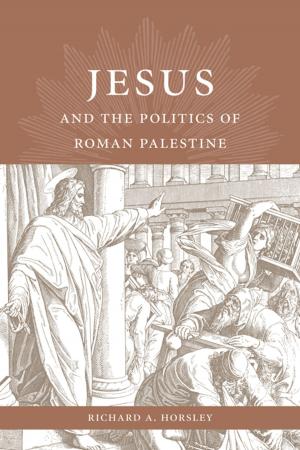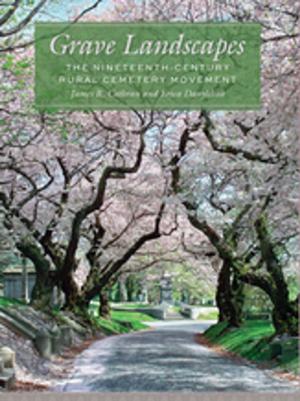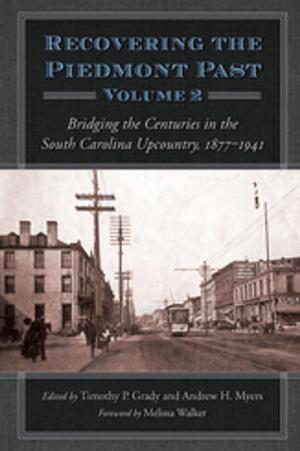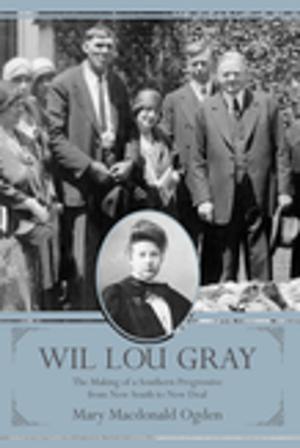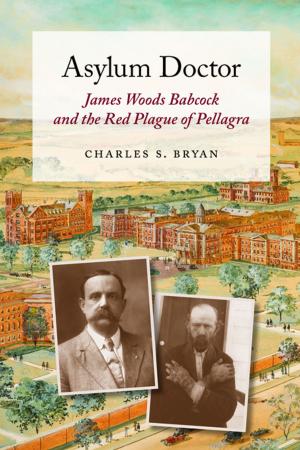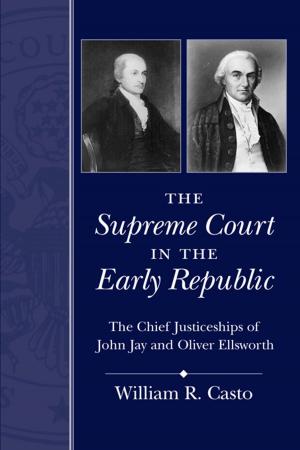The Poet's Holy Craft
William Gilmore Simms and Romantic Verse Tradition
Fiction & Literature, Literary Theory & Criticism, Poetry History & Criticism| Author: | Matthew C. Brennan | ISBN: | 9781611172256 |
| Publisher: | University of South Carolina Press | Publication: | September 10, 2012 |
| Imprint: | University of South Carolina Press | Language: | English |
| Author: | Matthew C. Brennan |
| ISBN: | 9781611172256 |
| Publisher: | University of South Carolina Press |
| Publication: | September 10, 2012 |
| Imprint: | University of South Carolina Press |
| Language: | English |
The Poet's Holy Craft represents the first full-length analysis and interpretation of William Gilmore Simms's poetry. Matthew C. Brennan demonstrates the comprehensiveness of Simms's romanticism by examining Simms's poetics, his experimental sonnets, and his deep affinity to William Wordsworth, which especially shows in Simms's pioneering attitudes toward nature and ecology. The poetic career of antebellum Charleston writer William Gilmore Simms constitutes a cautionary tale of how ambition worthy of John Keats and talent comparable to any American poet before Walt Whitman could not alone guarantee a toehold in the literary canon. Although praised in his lifetime by the likes of Edgar Allan Poe and William Cullen Bryant, Simms as a poet faced virtual erasure from the American canon until a recent revival of scholarship. Building on the work of James Everett Kibler, Brennan argues that Simms exhibits the influence of British romanticism earlier than do his canonic contemporaries Henry W. Longfellow, Ralph Waldo Emerson, and Henry David Thoreau. Brennan's reappraisal maps Simms's early imitation of neoclassicism and George Lord Byron, and his slightly later absorption of Keats, Percy Bysshe Shelley, and Gothicism. Through study of Simms's letters, reviews, extant lectures, manuscripts, and drafts, Brennan delineates his subject's romantic poetics and offers new insights into his revision process. Brennan finds in Simms an interest in experimentation with the forms and themes of the romantic sonnet that supersedes that of even the British romantics. Noting Simms's deep affinity to Wordsworth, and to a lesser degree Samuel Taylor Coleridge, Brennan portrays Simms as remarkably in advance of Thoreau, although from a Southern context, in the environmental concerns that present themselves in his contemplative poetry and in his life and work at his home, Woodlands plantation. In short The Poet's Holy Craft offers a corrective that rescues Simms from the long shadow cast on his literary legacy by his Confederate affiliations and illumines his original contributions to the romantic verse tradition.
The Poet's Holy Craft represents the first full-length analysis and interpretation of William Gilmore Simms's poetry. Matthew C. Brennan demonstrates the comprehensiveness of Simms's romanticism by examining Simms's poetics, his experimental sonnets, and his deep affinity to William Wordsworth, which especially shows in Simms's pioneering attitudes toward nature and ecology. The poetic career of antebellum Charleston writer William Gilmore Simms constitutes a cautionary tale of how ambition worthy of John Keats and talent comparable to any American poet before Walt Whitman could not alone guarantee a toehold in the literary canon. Although praised in his lifetime by the likes of Edgar Allan Poe and William Cullen Bryant, Simms as a poet faced virtual erasure from the American canon until a recent revival of scholarship. Building on the work of James Everett Kibler, Brennan argues that Simms exhibits the influence of British romanticism earlier than do his canonic contemporaries Henry W. Longfellow, Ralph Waldo Emerson, and Henry David Thoreau. Brennan's reappraisal maps Simms's early imitation of neoclassicism and George Lord Byron, and his slightly later absorption of Keats, Percy Bysshe Shelley, and Gothicism. Through study of Simms's letters, reviews, extant lectures, manuscripts, and drafts, Brennan delineates his subject's romantic poetics and offers new insights into his revision process. Brennan finds in Simms an interest in experimentation with the forms and themes of the romantic sonnet that supersedes that of even the British romantics. Noting Simms's deep affinity to Wordsworth, and to a lesser degree Samuel Taylor Coleridge, Brennan portrays Simms as remarkably in advance of Thoreau, although from a Southern context, in the environmental concerns that present themselves in his contemplative poetry and in his life and work at his home, Woodlands plantation. In short The Poet's Holy Craft offers a corrective that rescues Simms from the long shadow cast on his literary legacy by his Confederate affiliations and illumines his original contributions to the romantic verse tradition.





